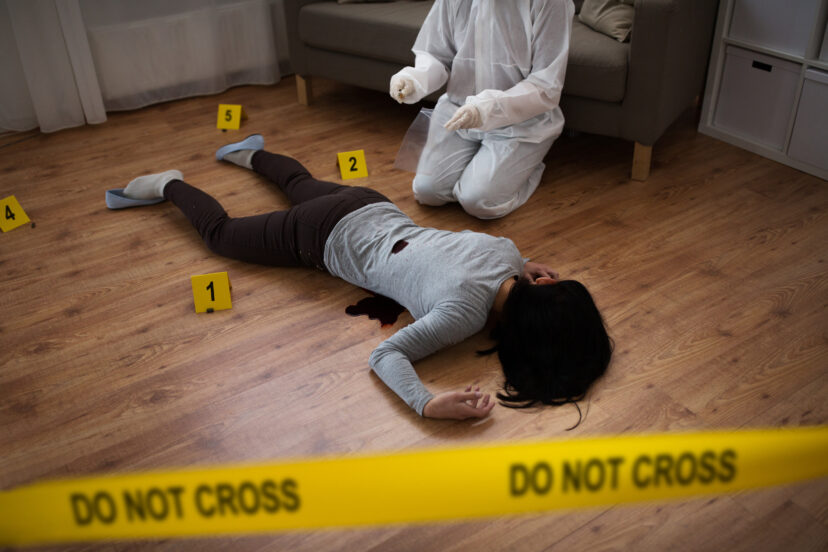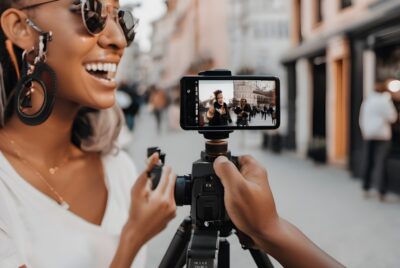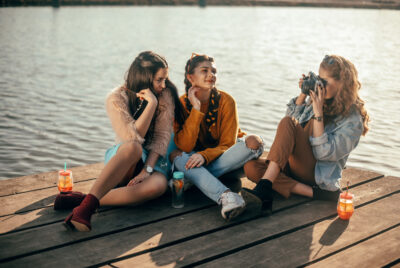Crime Scene Photography
If you’ve ever been captivated by crime shows and thought, “I want to be the person behind the camera documenting all that vital evidence,” then crime scene photography might be your calling. As someone who’s been knee-deep in this world for years, I’m here to walk you through what it really takes to shoot crime scenes like a pro—from gear to ethics to real-world advice.
What Is Crime Scene Photography?
Definition and Role
Crime scene photography is the process of visually documenting a crime scene and all the evidence present in its unaltered state. It’s not just snapping pics—it’s storytelling with a purpose: to aid investigations and serve justice.
Historical Background
Back in the early 1900s, photographers lugged around huge box cameras to snap black-and-white stills. Fast forward to today, and we’re working with high-resolution digital cameras and drones. The evolution has been wild—and incredibly helpful.
>>> Today’s deals for cameras on Amazon CLICK HERE <<<
Why Crime Scene Photography Matters
Evidence Preservation
Photographs capture a moment in time that can’t be revisited. Once a crime scene is cleaned up, those visuals become the permanent record. It’s the best way to make sure evidence doesn’t “walk away.”
Courtroom Use
Judges and juries rely heavily on visuals. A good crime scene photo can speak louder than witness testimony—it shows where everything was, how it looked, and how it all ties together.
Essential Equipment for Crime Scene Photography
Camera Gear
DSLR vs. Mirrorless
DSLRs like the Canon EOS 90D have long been industry favorites, but mirrorless cameras are giving them a run for their money with lighter builds and faster focusing.
Lenses You’ll Need
At the very least, you’ll need a wide-angle lens (for full-room shots), a macro lens (for close-ups of things like fingerprints or wounds), and a standard zoom lens for everything in between.
Lighting Tools
I never go to a scene without an external flash, a ring light for close-ups, and a few portable LED panels. Lighting makes or breaks the shot—especially in low-light or night scenes.
Measurement Tools
Rulers, evidence markers, and photo scales are critical. Every photo needs context, and those little plastic measurement tools provide it.
Techniques for Capturing Crime Scenes
Overall, Midrange, and Close-Up Shots
Start wide to show the whole scene, then go midrange to show how evidence relates to its surroundings, and finally do close-ups to capture detail. Think of it like zooming in on a Google map.
Using Scales and Markers
Place scales next to evidence to show size, and use numbered markers to identify each item. This keeps things organized for investigators and juries.
Managing Light and Shadows
Crime scenes are often indoors, poorly lit, or outdoors at night. Use fill lighting to reduce harsh shadows and adjust your white balance manually to avoid color distortion.
>>> Today’s deals for cameras on Amazon CLICK HERE <<<
Common Mistakes and How to Avoid Them
Overexposure or Underexposure
If your photo is too bright or too dark, crucial details can be lost. Use your histogram and bracket exposures when unsure.
Poor Composition
Cluttered or tilted shots confuse viewers. Keep the camera level, follow the rule of thirds, and make sure the subject is clear.
Missing Key Angles
Don’t assume one or two shots are enough. Capture from every angle—you never know which one will reveal the most important detail.
Ethical and Legal Considerations
Chain of Custody
Photos are part of evidence. You must log who took them, when, and how they were stored. One misstep, and the evidence could be tossed in court.
Respect for Victims and Privacy
This job involves sensitive content—sometimes gruesome. Be respectful in how you capture and share images. Always blur identifying features in public-facing reports.
Tips from My Experience in the Field
Always Carry Backup Gear
Batteries die. SD cards corrupt. Lenses fog up. Always bring extras—you’ll thank yourself later.
Take Notes While You Shoot
Jot down time stamps, lighting conditions, and weather. It’s gold during case reviews when someone asks, “Why does this photo look different?”
Develop Your Own Workflow
Maybe you prefer shooting wide-to-close or documenting in a spiral pattern. Find what works for you and stick with it. Consistency helps in high-pressure situations.
Career Opportunities in Crime Scene Photography
Forensic Photographer
Most forensic photographers work with law enforcement or forensics labs. It’s a niche career but incredibly rewarding.
Law Enforcement Support Roles
Not ready for the front lines? Agencies also hire evidence technicians and photography assistants. Great stepping stones if you’re new.
Final Thoughts
Crime scene photography isn’t glamorous—but it’s powerful. You’re helping build cases, uncover truth, and bring justice. It takes technical skills, an eye for detail, and a heart that respects the seriousness of the work.
If you’re passionate about photography and justice, this path just might be for you. Remember, every crime scene tells a story—you just have to be the one to capture it.
>>> Today’s deals for cameras on Amazon CLICK HERE <<<
FAQs
1. Can I become a crime scene photographer without a degree?
Yes! While a degree helps, many departments value experience, certifications, and strong portfolios just as much.
2. What’s the average salary for a crime scene photographer?
It varies, but in the U.S., you can expect between $40,000 to $80,000 depending on location and experience.
3. Is crime scene photography dangerous?
It can be. You’re often in active crime areas or challenging environments, so staying aware and cautious is key.
4. What kind of training should I look for?
Look into forensic photography courses, law enforcement academy programs, and crime scene certification classes.
5. Can I use my smartphone for crime scene photography?
Professionally—no. Smartphones lack the resolution, lens options, and metadata control needed for legal evidence.
Further reading
Check out our other relevant articles:
Art of Portrait Photography: Master Techniques for Stunning Shots
Here are two authoritative resources offering educational guidance on crime scene photography:
-
A Simplified Guide to Crime Scene Photography
This guide provides foundational principles and best practices for documenting crime scenes through photography. It covers topics such as the purpose of crime scene photography, types of photographs to take, and the importance of maintaining ethical standards. -
Standard Guide for Crime Scene Photography by NIST
Published by the National Institute of Standards and Technology, this guide offers comprehensive standards for crime scene photography. It includes guidelines on equipment selection, photographing various types of scenes, and managing digital images to ensure consistency and reliability in forensic documentation.
These resources complement the article by providing in-depth information and standardized practices essential for professionals and enthusiasts in the field of crime scene photography.




